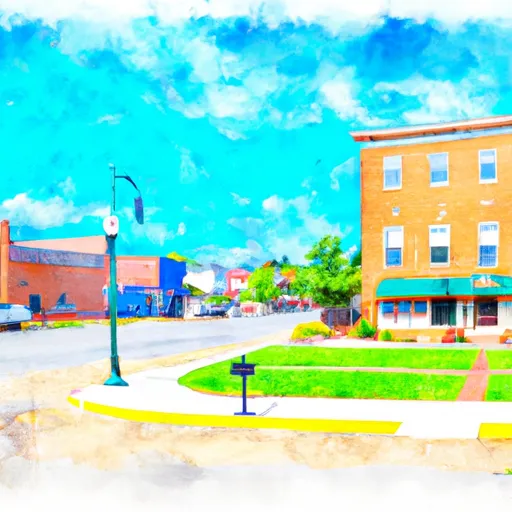°F
°F
mph
Windspeed
%
Humidity











Mauston is a charming city located in Juneau County, Wisconsin. The climate in Mauston is characterized by four distinct seasons. Summers are warm and humid, with temperatures averaging around 80°F (27°C), making it a great time to explore the outdoors. Winters are cold, with temperatures averaging around 20°F (-6°C), perfect for snow sports enthusiasts.
The hydrology constituents of Mauston are predominantly influenced by the scenic Wisconsin River, which flows through the area. The river offers excellent opportunities for boating, fishing, and kayaking. Lake Decorah, located nearby, is another popular destination for water-based activities.
When it comes to outdoor recreation, Mauston has plenty to offer. The city is surrounded by beautiful natural landscapes, including forests, parks, and trails. Castle Rock Lake and Buckhorn State Park are just a short drive away, providing opportunities for hiking, camping, and wildlife spotting. ATV and snowmobile trails are also available for thrill-seekers.
Overall, Mauston's climate, hydrology constituents, and outdoor recreation opportunities make it an ideal destination for nature lovers and outdoor enthusiasts.
Weather Forecast
Mauston receives approximately 856mm of rain per year, with humidity levels near 81% and air temperatures averaging around 8°C. Mauston has a plant hardyness factor of 4, meaning plants and agriculture in this region thrive during a short period during spring and early summer. Most plants will die off during the colder winter months.
Regional Streamflow Levels
802
Cubic Feet Per Second
67
Cubic Feet Per Second
61
Cubic Feet Per Second
5
Cubic Feet Per Second
Nearby Camping
| Camping Area | Reservations | Toilets | Showers |
|---|---|---|---|
| Timberlake - Ross Barnett Reservoir | |||
| Fairview Riverside State Park | |||
| DLo Water Park | |||
| New Orleans Reserve Military | |||
| Lake Mary Crawford | |||
| Bayou Segnette State Park |



